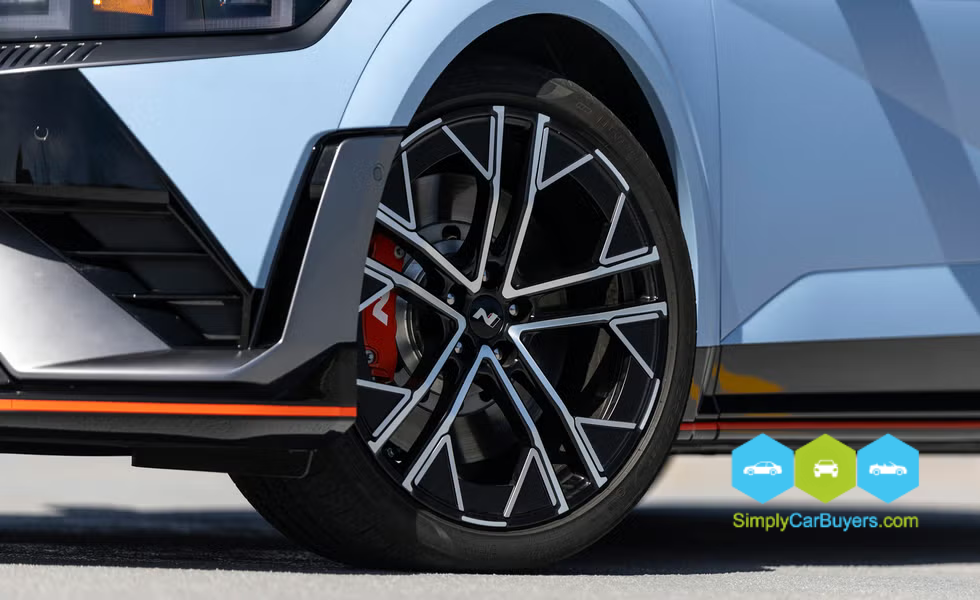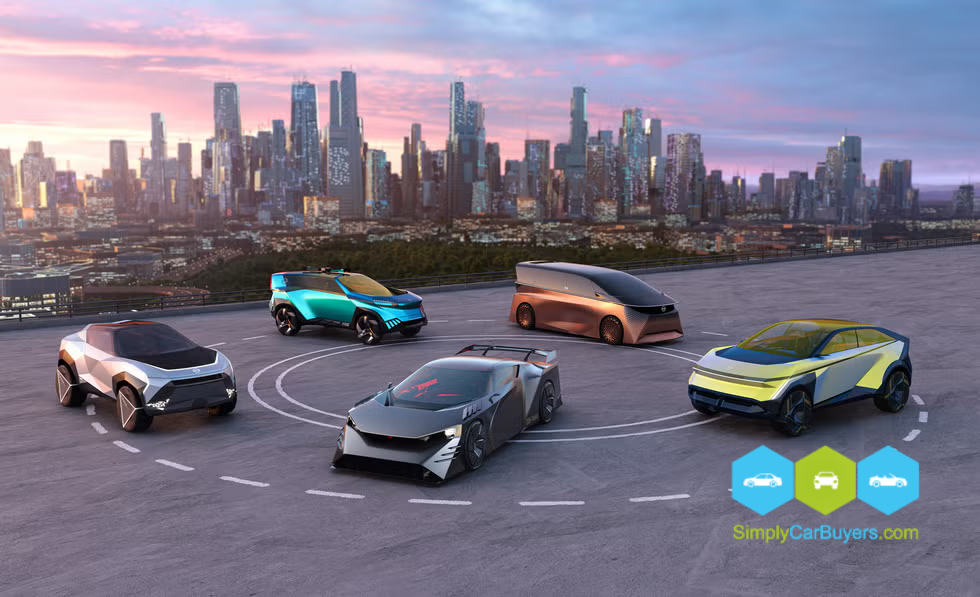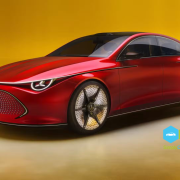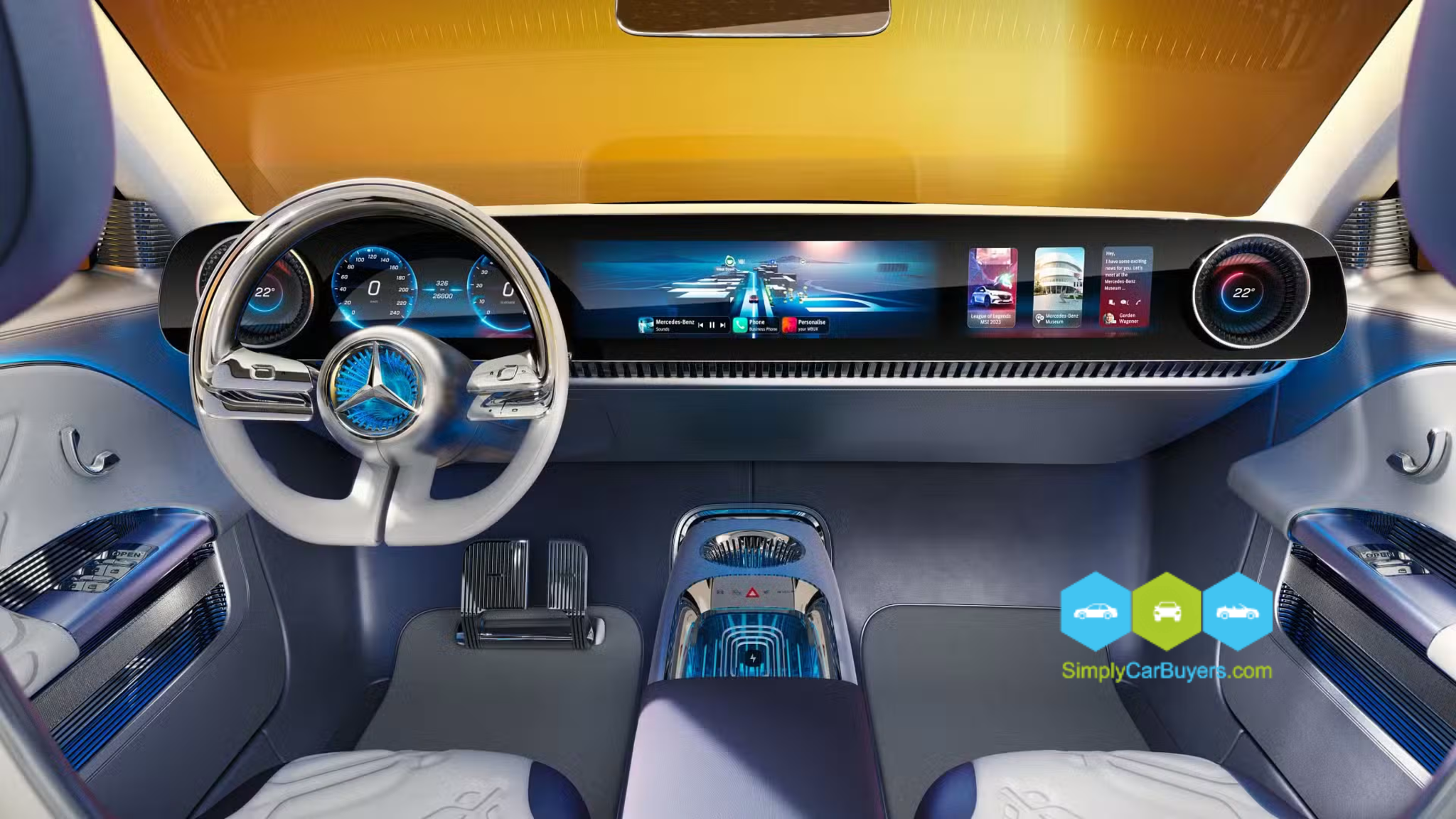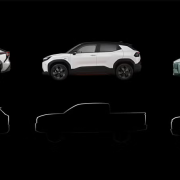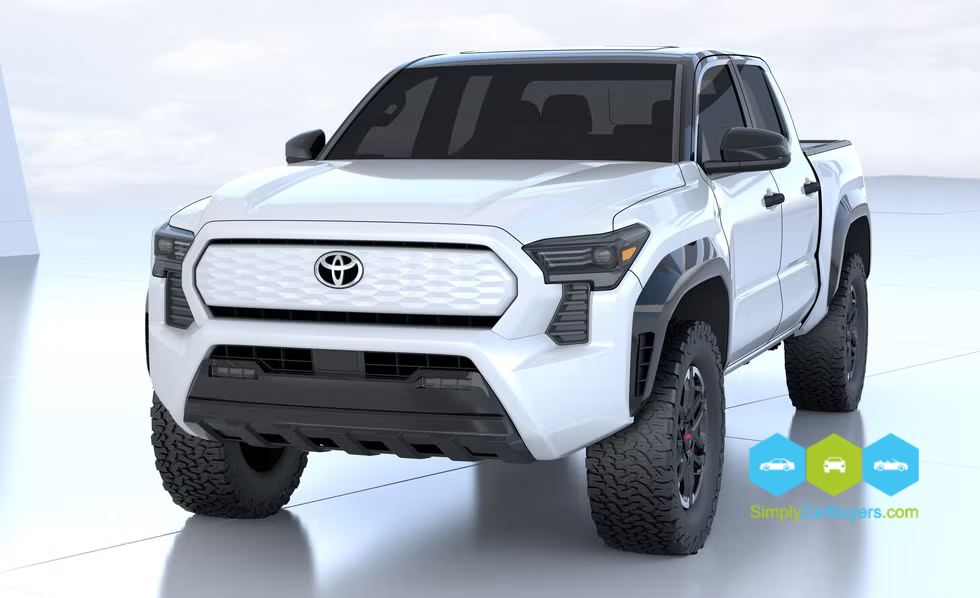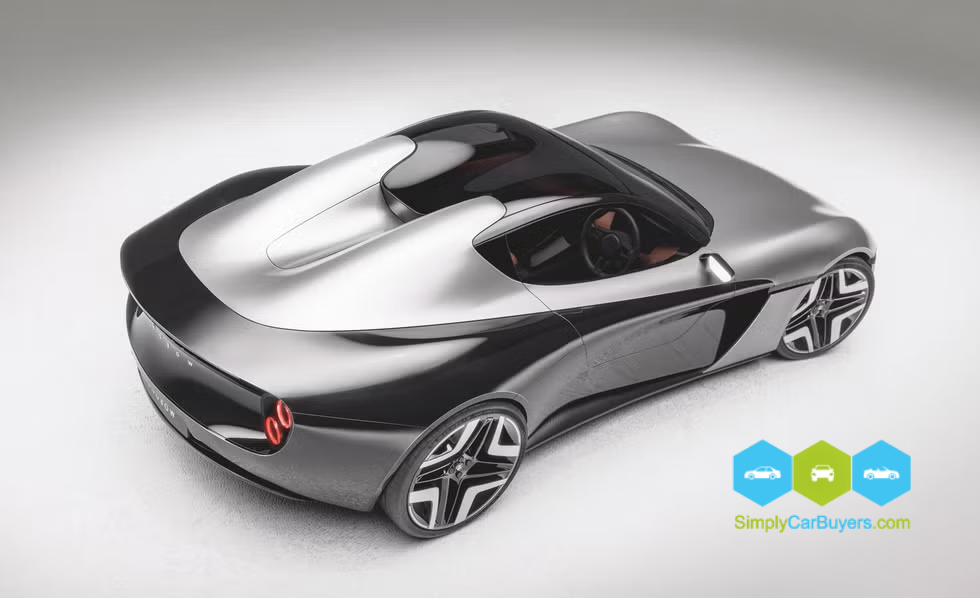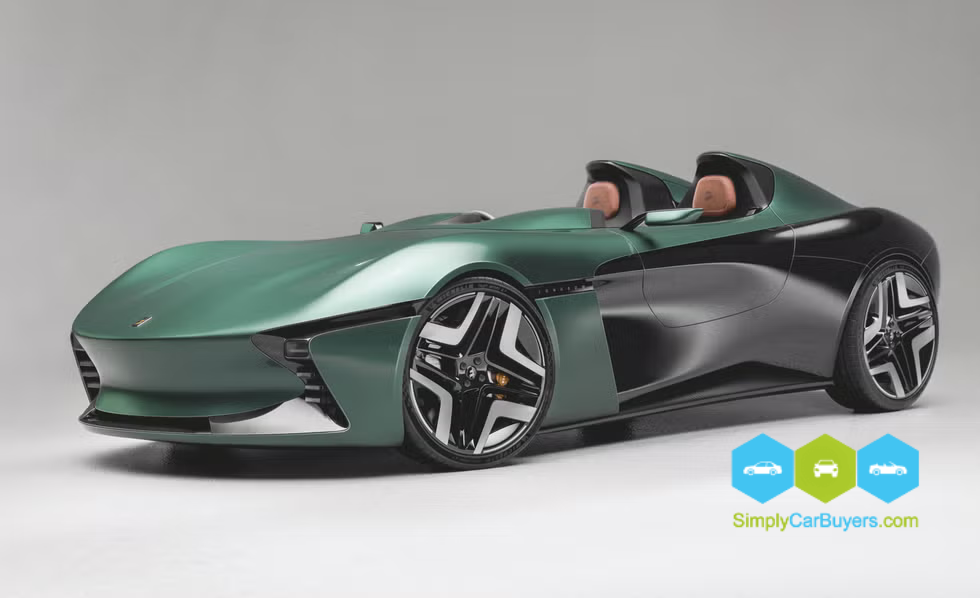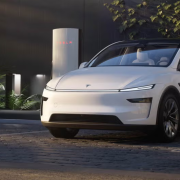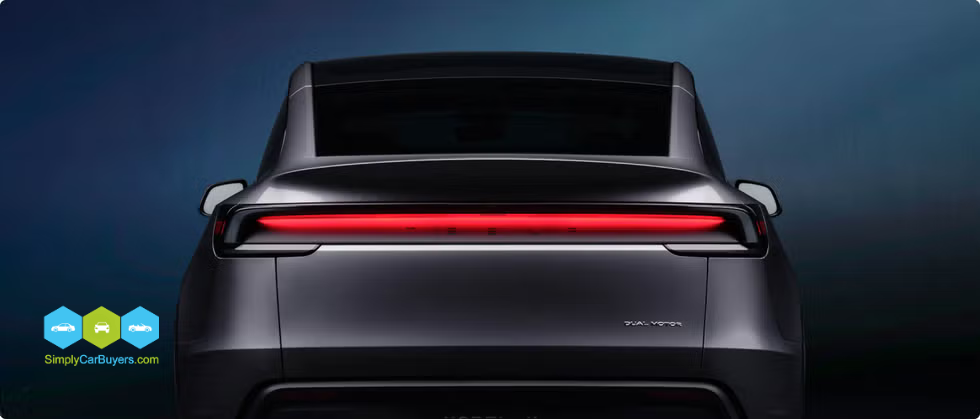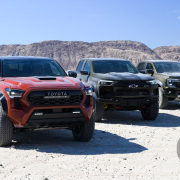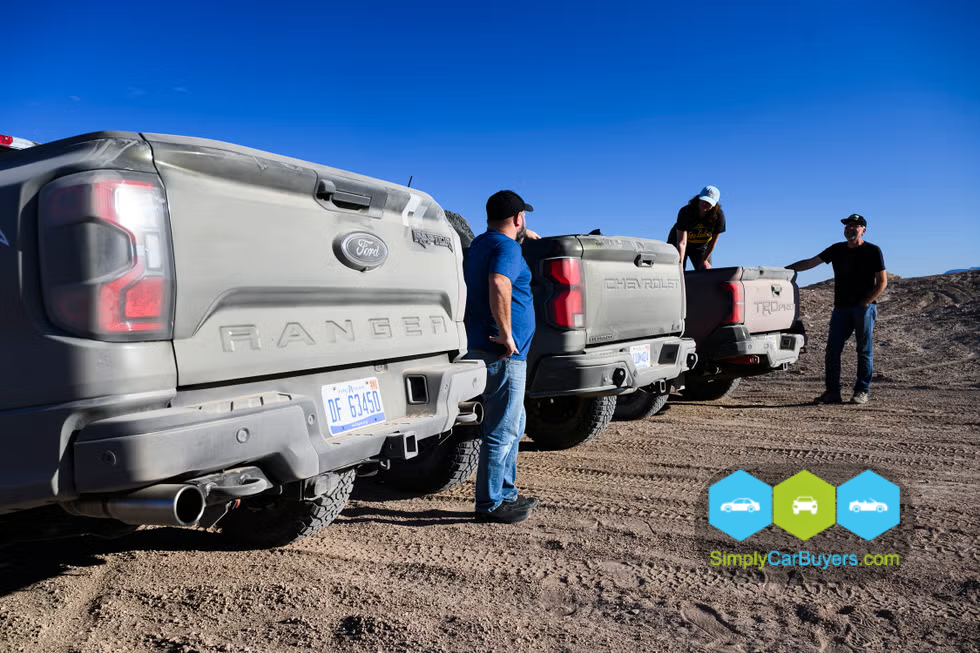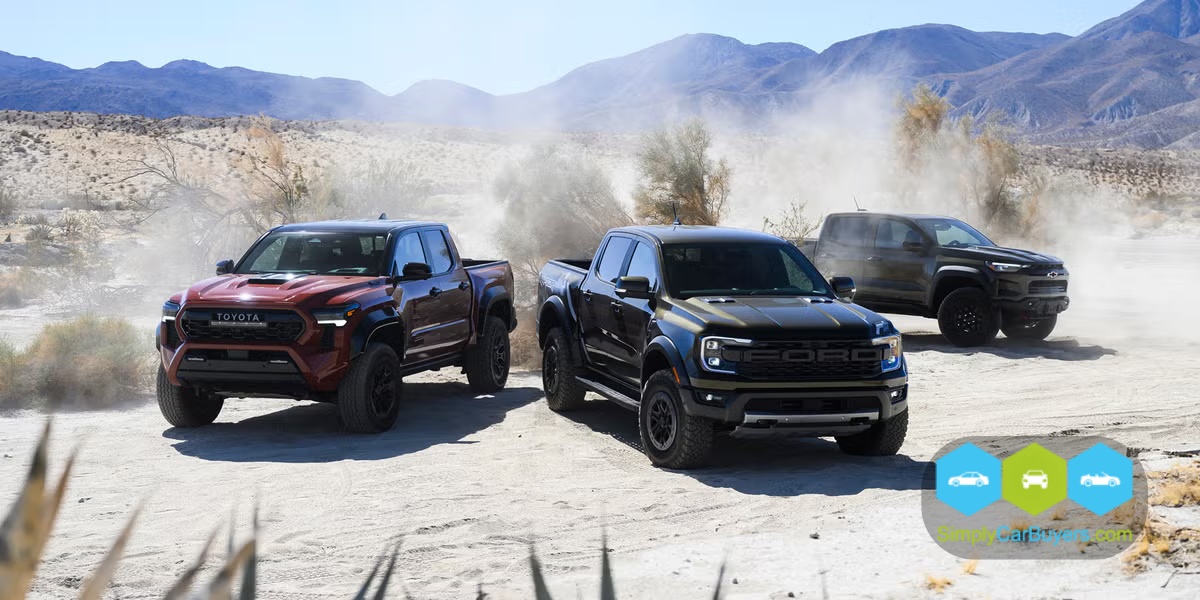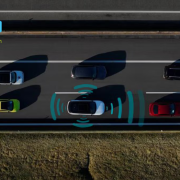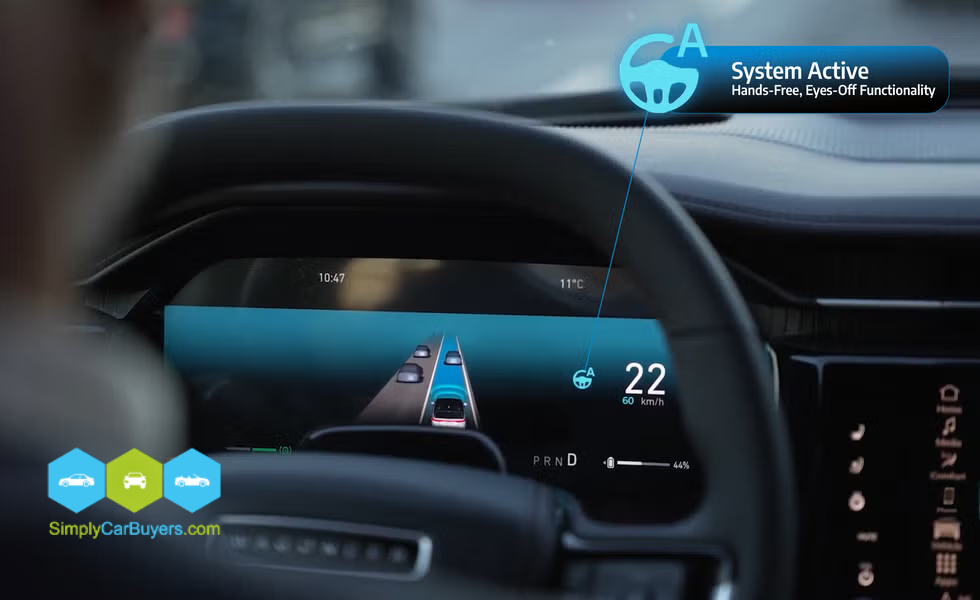2025 Mercedes-AMG GT63 Pro: Price, Power, and Track Prowess
The 2025 Mercedes-AMG GT63 Pro has arrived as a track-focused beast, blending jaw-dropping power with a hefty price tag, as revealed by Car and Driver on March 20, 2025. This high-performance coupe, unveiled at the Goodwood Festival of Speed, starts at $211,750, making it the priciest in the GT lineup. In this blog, we’ll explore the 2025 Mercedes-AMG GT63 Pro price, its specs, upgrades, and why it stands out for enthusiasts. Whether you’re a Mercedes fan or a speed junkie, here’s the full rundown.
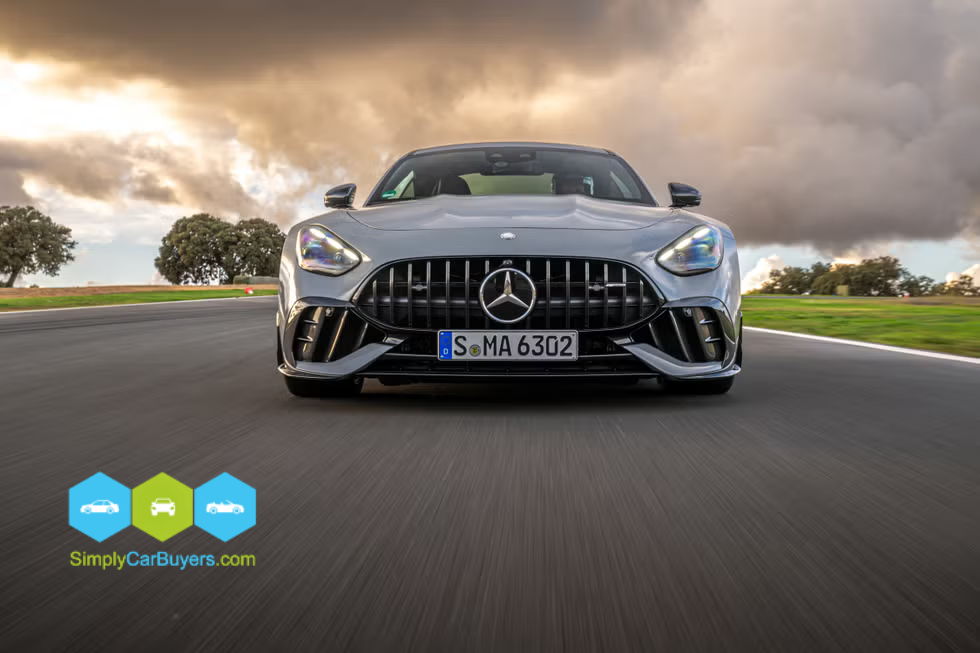 2025 Mercedes-AMG GT63 Pro Price and Availability
2025 Mercedes-AMG GT63 Pro Price and Availability
The Mercedes-AMG GT63 Pro price begins at $211,750, including destination fees, a steep jump from the GT63 S 4Matic+ at $184,050. Add options like the $8,950 carbon-ceramic brakes or $3,250 forged wheels, and costs soar past $225,000. Orders opened in March 2025, with deliveries expected by late summer. This pricing reflects its track-ready upgrades, targeting buyers who crave precision over everyday comfort.
Mercedes positions the Pro as a limited-run gem, built in Affalterbach, Germany. For more on AMG’s legacy, check their official AMG site.
Performance Specs of the 2025 Mercedes-AMG GT63 Pro
The 2025 Mercedes-AMG GT63 Pro packs a twin-turbo 4.0-liter V-8, pumping out 603 horsepower and 627 lb-ft of torque—26 hp more than the GT63 S. It hits 0-60 mph in 3.1 seconds and tops out at 197 mph. A nine-speed automatic and all-wheel drive keep power in check, while a reworked suspension with stiffer bushings and dampers sharpens handling. Lightweight tweaks, like a carbon-fiber hood, drop its weight slightly below the GT63 S’s 4,400 pounds.
Aerodynamics get a boost too, with a new front fascia, active rear spoiler, and underbody fins cutting drag and adding 66 pounds of downforce at 186 mph. This makes the Pro a track star without losing road legality.
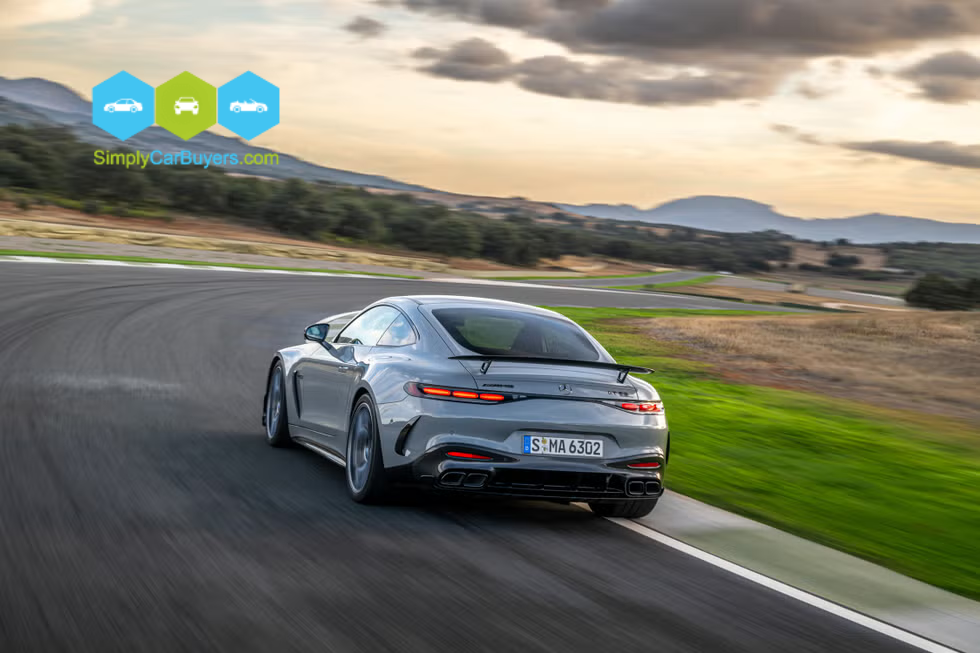 Track-Focused Upgrades in the 2025 Mercedes-AMG GT63 Pro
Track-Focused Upgrades in the 2025 Mercedes-AMG GT63 Pro
The Mercedes-AMG GT63 Pro shines with upgrades for racetrack thrills. Its carbon-fiber bits—hood, optional diffuser, and wing—trim weight and boost style. Standard Michelin Pilot Sport Cup 2 R tires grip hard, while optional carbon-ceramic brakes resist fade during hot laps. Inside, a fixed-back carbon bucket seat option ($4,450) locks drivers in, though it skips power adjustments for weight savings.
Cooling gets an overhaul with extra radiators and vents, ensuring the V-8 stays chill under pressure. For more on track-ready cars, see MotorTrend’s performance reviews.
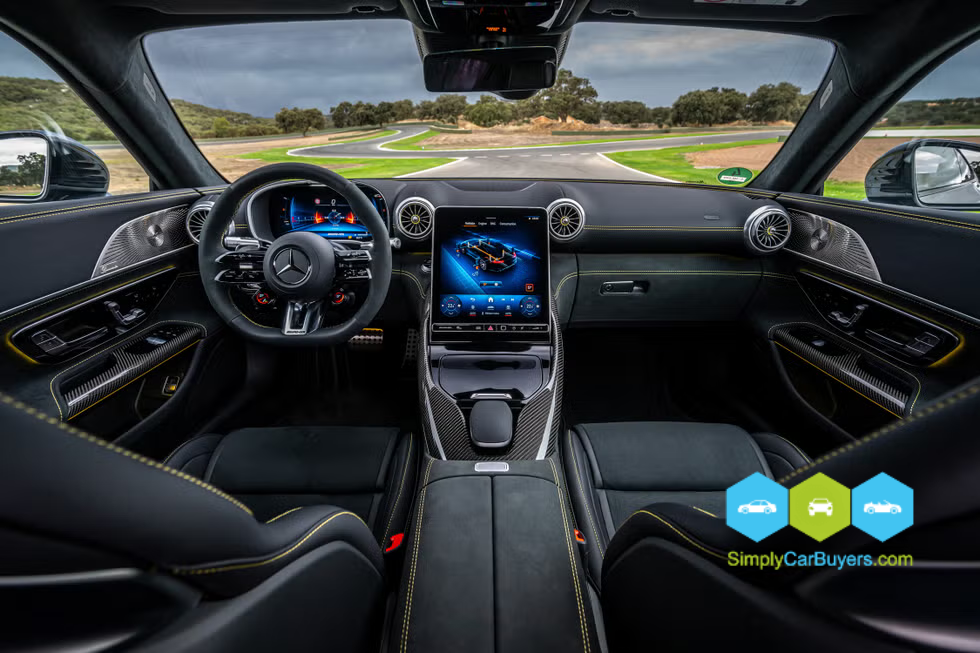 How the 2025 Mercedes-AMG GT63 Pro Stacks Up
How the 2025 Mercedes-AMG GT63 Pro Stacks Up
At $211,750, the Mercedes-AMG GT63 Pro price pits it against heavy hitters like the Porsche 911 Turbo S ($230,400) and McLaren 750S ($324,000). It outmuscles the BMW M8 Competition Coupe (617 hp, $138,500) but trades some luxury for track focus. The Pro’s blend of power, aero tweaks, and exclusivity aims at drivers who split time between circuits and streets.
Mercedes tested it at tracks like Spa and the Nürburgring, shaving seconds off the GT63 S’s lap times. It’s less practical than the base GT but built for those who prioritize speed over daily ease.
Why the 2025 Mercedes-AMG GT63 Pro Matters
The Mercedes-AMG GT63 Pro isn’t just a car—it’s a statement. Its $211,750 starting point reflects AMG’s push into hardcore performance, rivaling supercars while keeping Mercedes flair. As deliveries roll out in 2025, this coupe promises to thrill track buffs and collectors alike. Stay tuned for updates as it hits the pavement.



